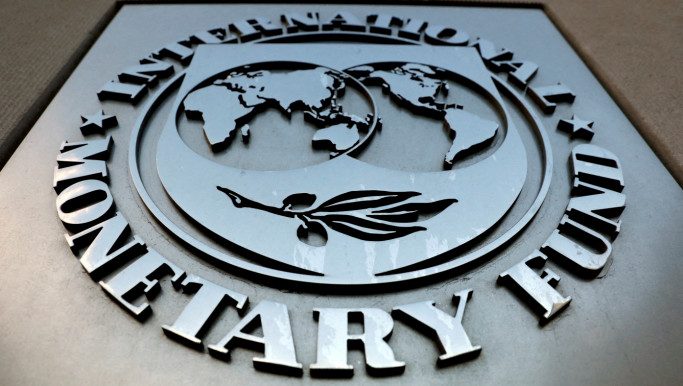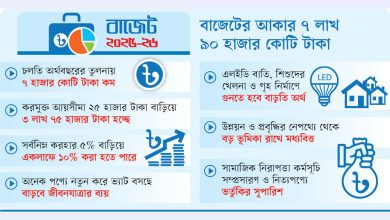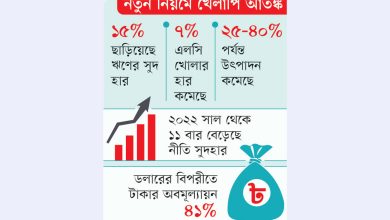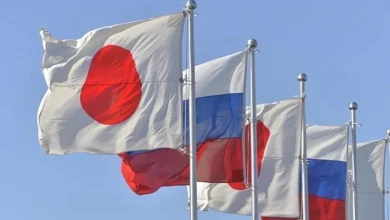IMF to reduce borrowing costs for members as global interest rates soar

These changes will take effect on 1 November
The International Monetary Fund (IMF) executive board reached a consensus on reforms of charges, surcharges, and commitment fees that will substantially reduce the cost of borrowing from the General Resources Account (GRA) at a time of high global interest rates, while safeguarding the IMF’s financial capacity to support its members in need.
The reform package is expected to lower IMF borrowing costs for members by about $1.2 billion annually and reduce payments on the margin of charges and surcharges on average by 36%, said a press release.
The number of surcharge payers is expected to decline from 20 to 13 countries in FY2026.
The IMF will reduce the margin paid over the SDR interest rate and the time-based surcharge rate, and increase the borrowing thresholds above which level-based surcharges and commitment fees apply.
These changes will take effect on 1 November.
The executive board on 11 October concluded the Review of Charges and the Surcharge Policy, which for the first time jointly covered charges, surcharges, and commitment fees.
The review is part of a continuous effort to ensure the IMF’s lending policies remain fit for purpose and the IMF is able to support its members in a challenging global environment.
Charges and surcharges are important elements of the IMF’s cooperative lending and risk management framework. They provide incentives for prudent and temporary borrowing that help underpin the revolving nature of IMF resources and allow for the accumulation of reserves to mitigate financial risks.
This supports the IMF’s financial foundation, enabling it to play its role as a lender at the centre of the global financial safety net.
The executive board approved the following changes – Lowering the margin paid over the SDR interest rate by 40%, to 60 basis points from 100 basis points; Increasing the borrowing threshold above which surcharges apply by 60%, to 300% of quota from 187.5% of quota; Aligning the thresholds above which commitment fees apply to the overall annual and cumulative access limits under the GRA (200 and 600% of quota, respectively); and reducing the time-based surcharge rate by 25%, to 75 basis points from 100 basis points.
The board also approved the following: setting a regular review cycle for the surcharge policy to allow for timely assessments and updates to the surcharge policy framework, every five years or earlier if warranted; strengthening disclosures and operational procedures to ensure that the authorities have adequate information on the cost of Fund borrowing earlier in negotiations of GRA financing; and allocating net income after distributions to the Special Reserve until it reaches the Precautionary Balances (PB) floor of SDR 20 billion.
The formal decision to place net income after distributions to the special reserve is to be taken by the board at the annual reviews of the fund’s income position starting at the end of FY2025.






